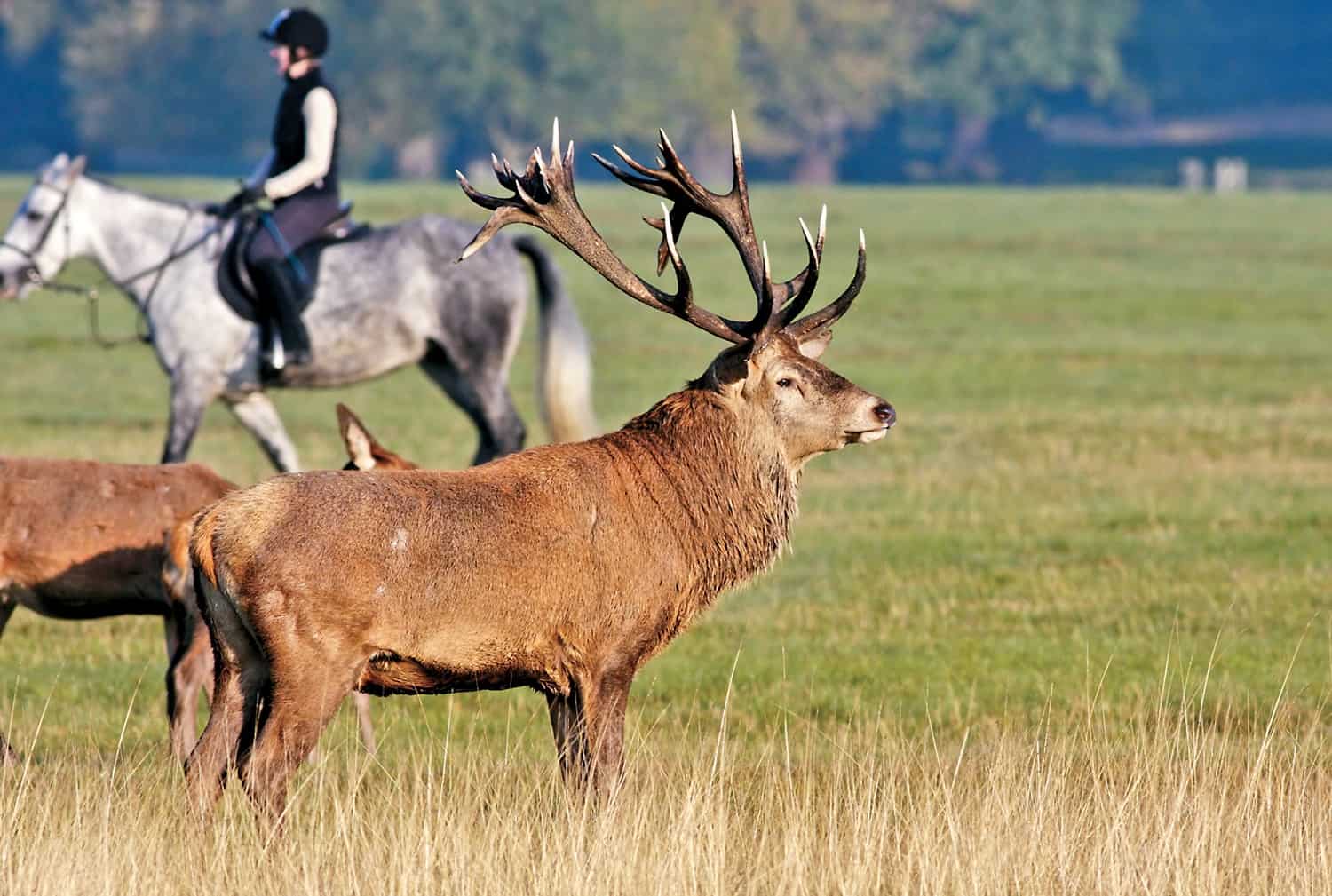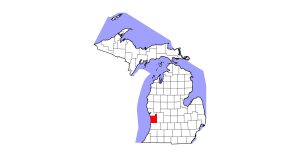How to Handle Wild Animal Encounters With Your Horse

“They are totally silent, and they approach from the back,” says Burlingame. “Barred owls tend to be the most aggressive, and they’re huge. They will go after your head. The joke is that one of the barred owls here has a baseball cap-collection.”
Though owl attacks are rare, it’s one more good reason to wear a helmet. Wildlife encounters can be spectacular at a distance. But dealing with them up close and personal can cause problems, from your horse spooking to an attack that could injure and even kill you or your horse.
As with any facet of equine safety, taking precautions in advance can help you avoid wild animal encounters and perhaps save you and your horse from injury if and when they do occur
Create a free account with TheHorse.com to view this content.
TheHorse.com is home to thousands of free articles about horse health care. In order to access some of our exclusive free content, you must be signed into TheHorse.com.
Start your free account today!
Already have an account?
and continue reading.
Written by:
Tracy Gantz
Related Articles
Stay on top of the most recent Horse Health news with















